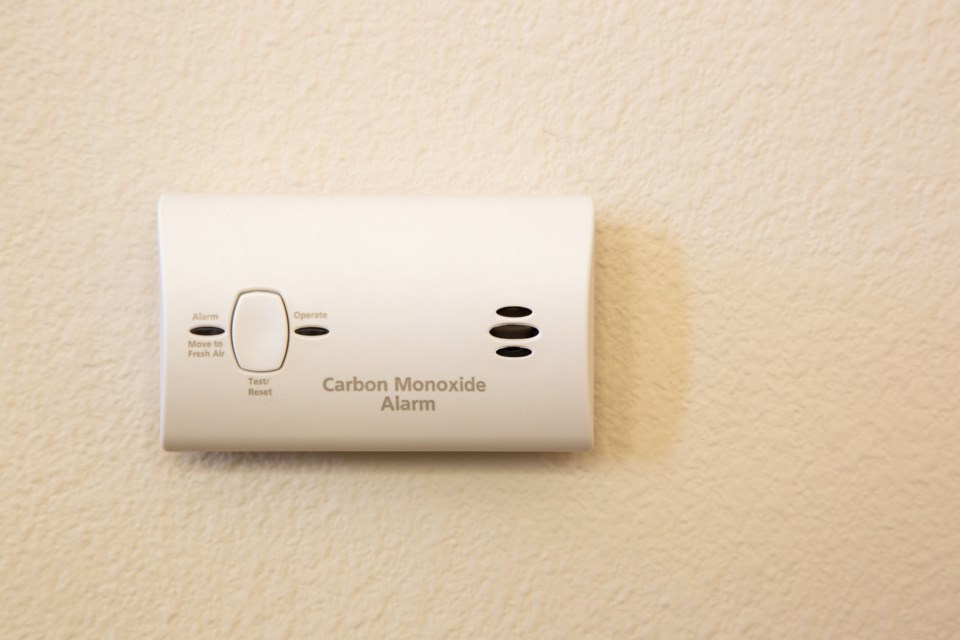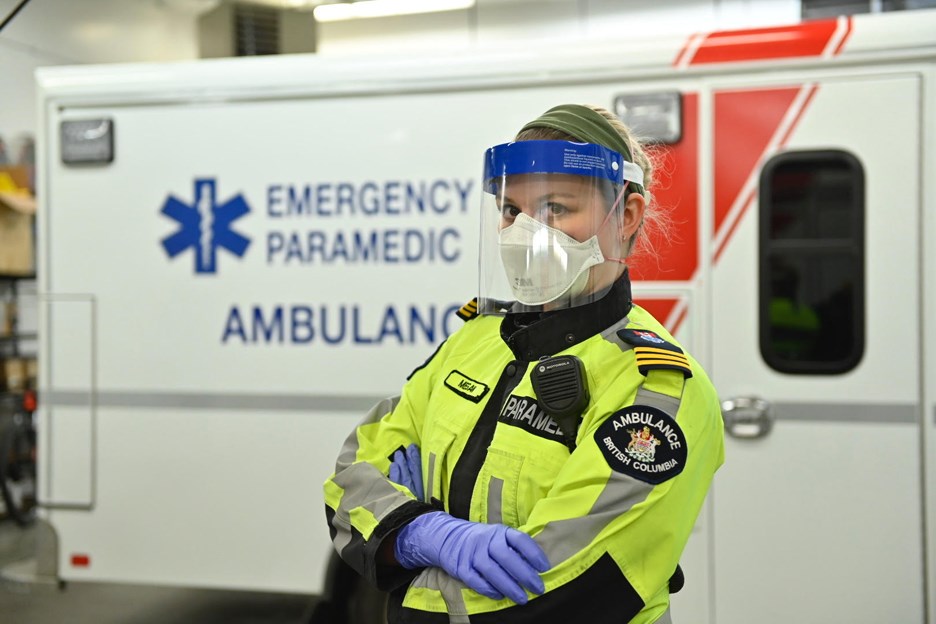B.C.’s ambulance paramedics are warning the public about an increase in emergencies related to carbon monoxide poisoning.
To mark Carbon Monoxide Awareness Week, Nov. 1-7, Ambulance Paramedics of BC are offering tips to the public to protect themselves from this “silent killer.”
As people start using indoor heating appliances for warmth, exposure to carbon monoxide can cause illness and injury, including death.
“What makes carbon monoxide so dangerous, and why we refer to it as the silent killer, is that the gas has no smell, taste or colour. Unless you have a carbon monoxide detector, you would never know it was present until you began to suffer from symptoms,” said Megan Lawrence, public education director and primary care paramedic with Ambulance Paramedics of BC.
Symptoms of carbon monoxide poisoning range in severity depending on the level of exposure and can include:
- Tiredness
- Headaches
- Shortness of breath
- Impaired motor function
- Dizziness
- Chest pain
- Confusion
- Convulsions/seizures
- Coma/unconsciousness
- Death
APBC’s president, Troy Clifford, said that most carbon monoxide exposure is avoidable: “Many of the carbon monoxide exposures we attend as paramedics could have been avoided through the presence of a carbon monoxide detector and following some simple safety measures, including performing regular maintenance of propane and natural gas appliances.”

Although incidence of carbon monoxide exposure increase during cold weather, the gas can be present any time of the year. Appliances powered by fuels like propane, natural gas, and kerosene, plus inadequate ventilation, present the greatest risks. Help keep you and your home safe with the following tips:
- · Never use gas-powered machines, barbeques, portable fuel-burning camping equipment or generators indoors or in enclosed spaces (ie. in a house, garage, camper/trailer etc.).
- · Only use space heaters in enclosed spaces (such as home or trailer) that are designed for indoor use, and be sure to follow manufacturer instructions.
- · Ensure regular maintenance and inspections of fuel-powered appliances such as furnaces, fireplaces, gas stoves and water heaters.
- · Check fuel-powered appliances for leaks, cracks, blocked vents and corroded, damaged or disconnected pipes.
- · Following a storm, ensure that exhaust vents are free and clear of debris and snow, including dryer vents, furnace exhaust vent, fireplace vents and chimney, heat recovery ventilator and vents for wood-burning or gas stoves.
As a final warning, Lawrence urges everyone to make sure they have a working carbon monoxide detector: “We cannot stress enough the importance of having a functioning carbon monoxide detector. Right now, stop what you are doing and go test the device and the batteries. If you are not home, set a reminder to do it. If you do not have a carbon monoxide detector, make it your priority to get one as soon as possible. It could save you and your family’s life.”
Some tips for carbon monoxide detector use:
- · Always follow manufacturer’s instructions for use.
- · Install a carbon monoxide detector on each level or your home, focusing on the sleeping areas of the house and areas where fuel-powered appliances are present.
- · Test your carbon monoxide alarm regularly. Write on your alarm to remind yourself when it was installed and when it should be replaced based on manufacturer recommendations.
- · If your carbon monoxide detector’s alarm goes off, get everyone out of the house immediately and go outside to fresh air. If you are experiencing any symptoms, call 911 immediately and ask for ambulance paramedics. Do not return home until you have an inspection done by a qualified technician.
- · Never ignore the alarm on your carbon monoxide detector.
Ambulance Paramedics and Emergency Dispatchers of British Columbia is the union organization that represents the 4,500+ Paramedics and Emergency Dispatchers of the province of British Columbia, Canada.



